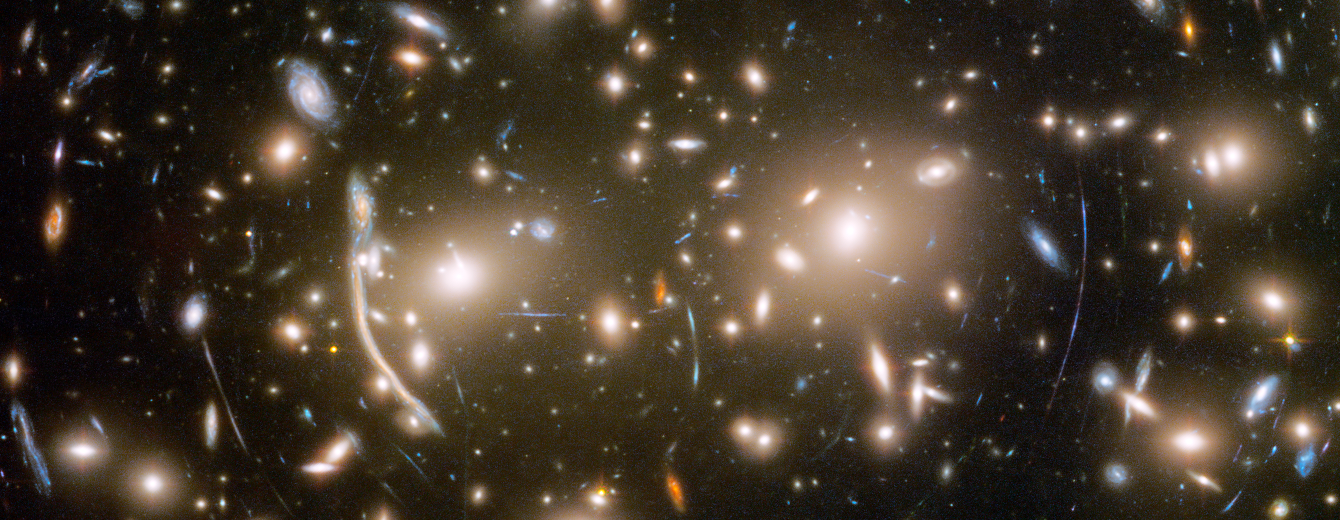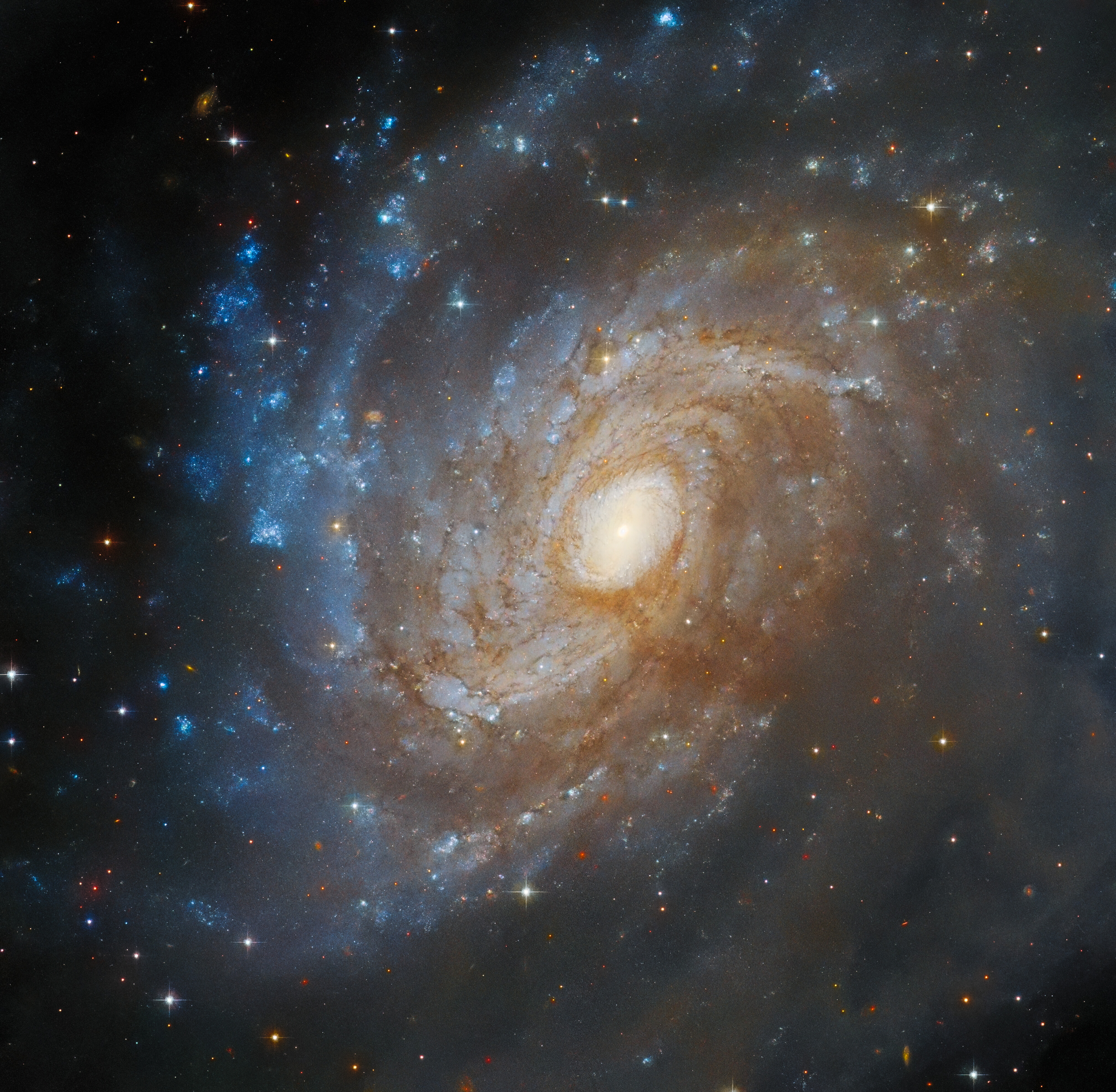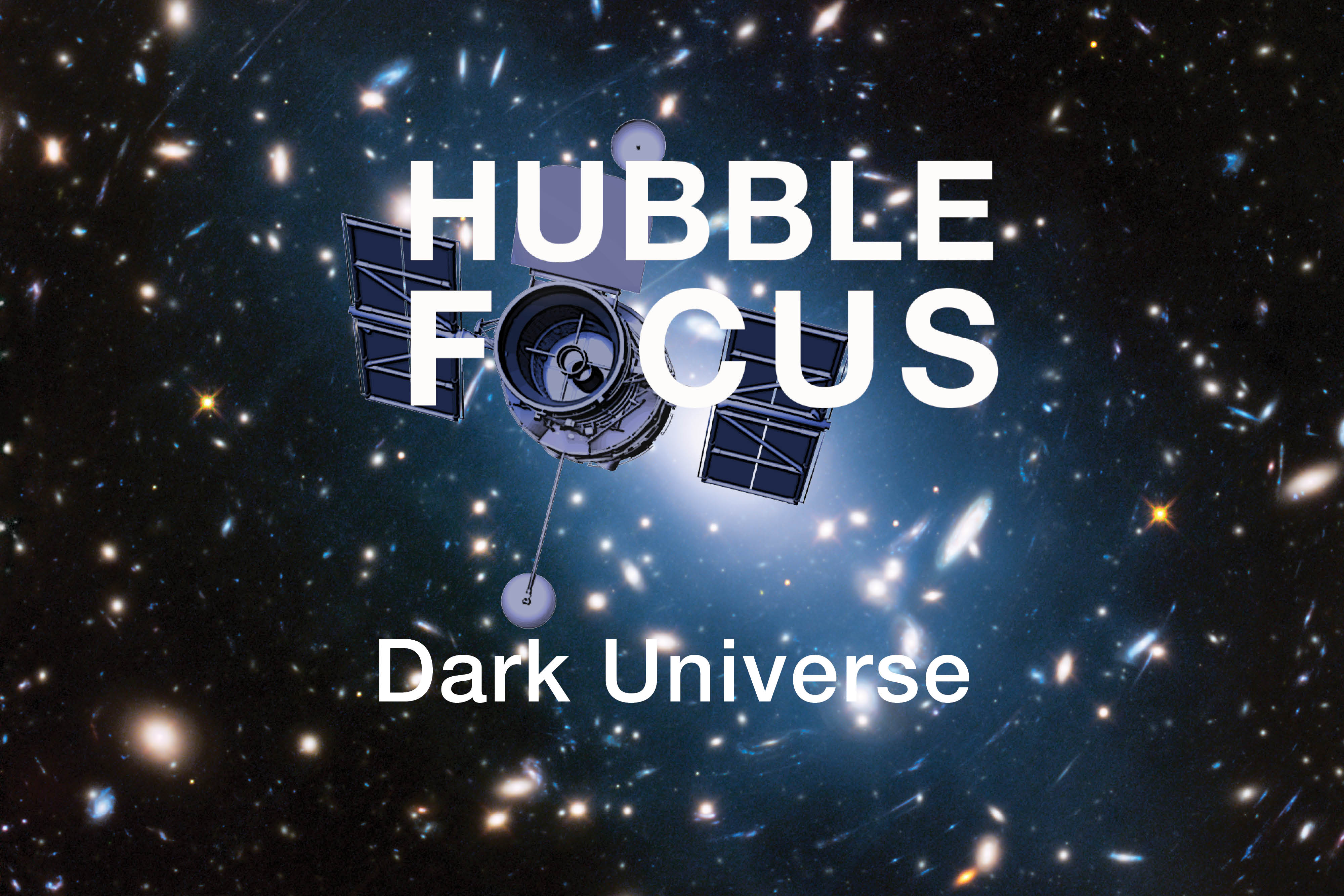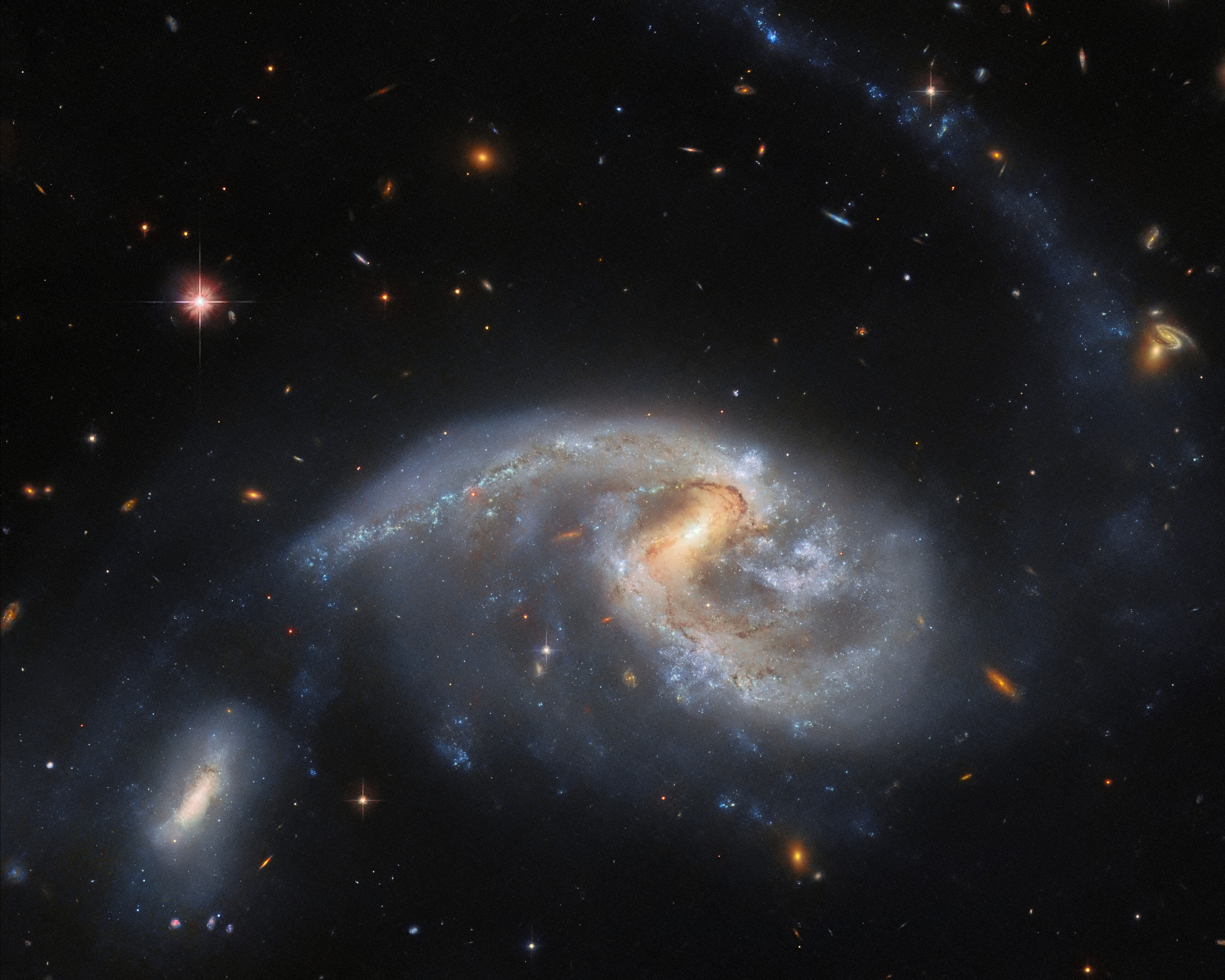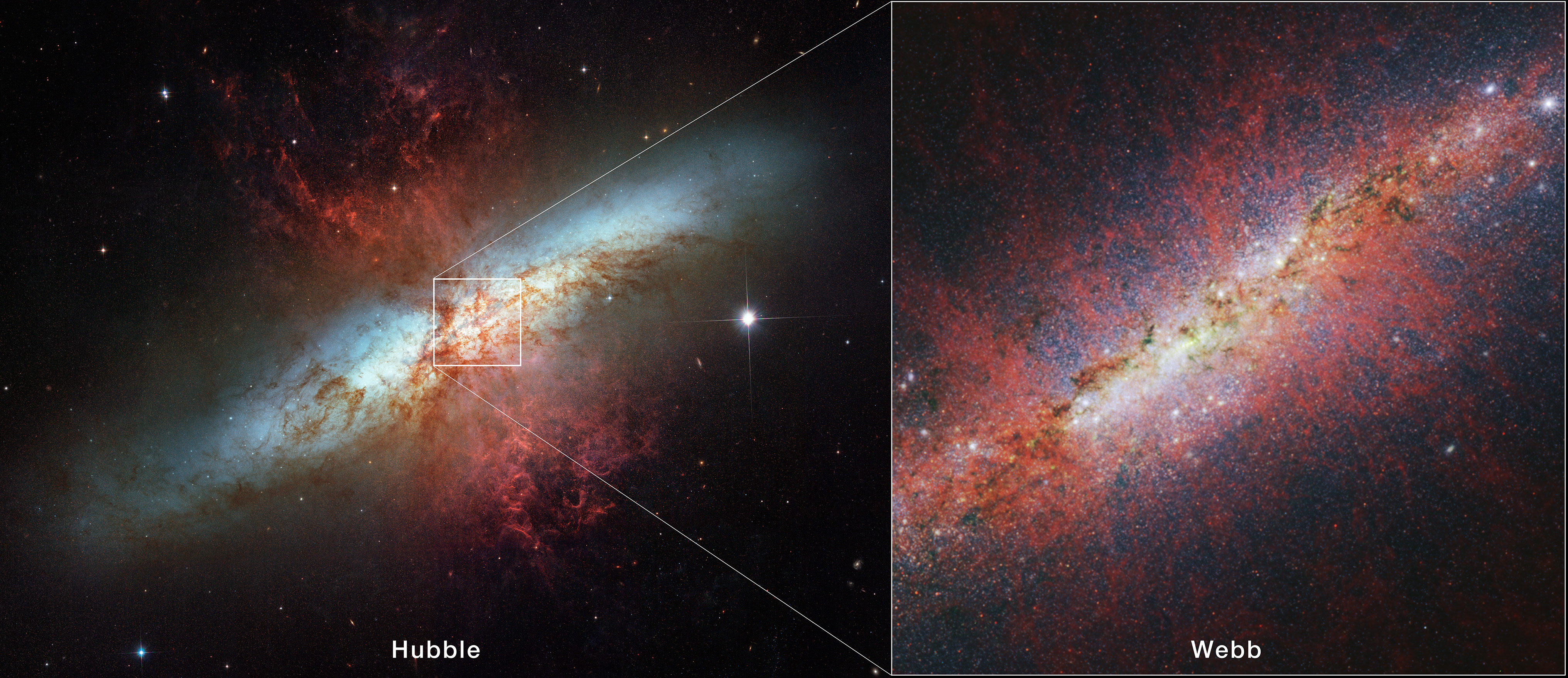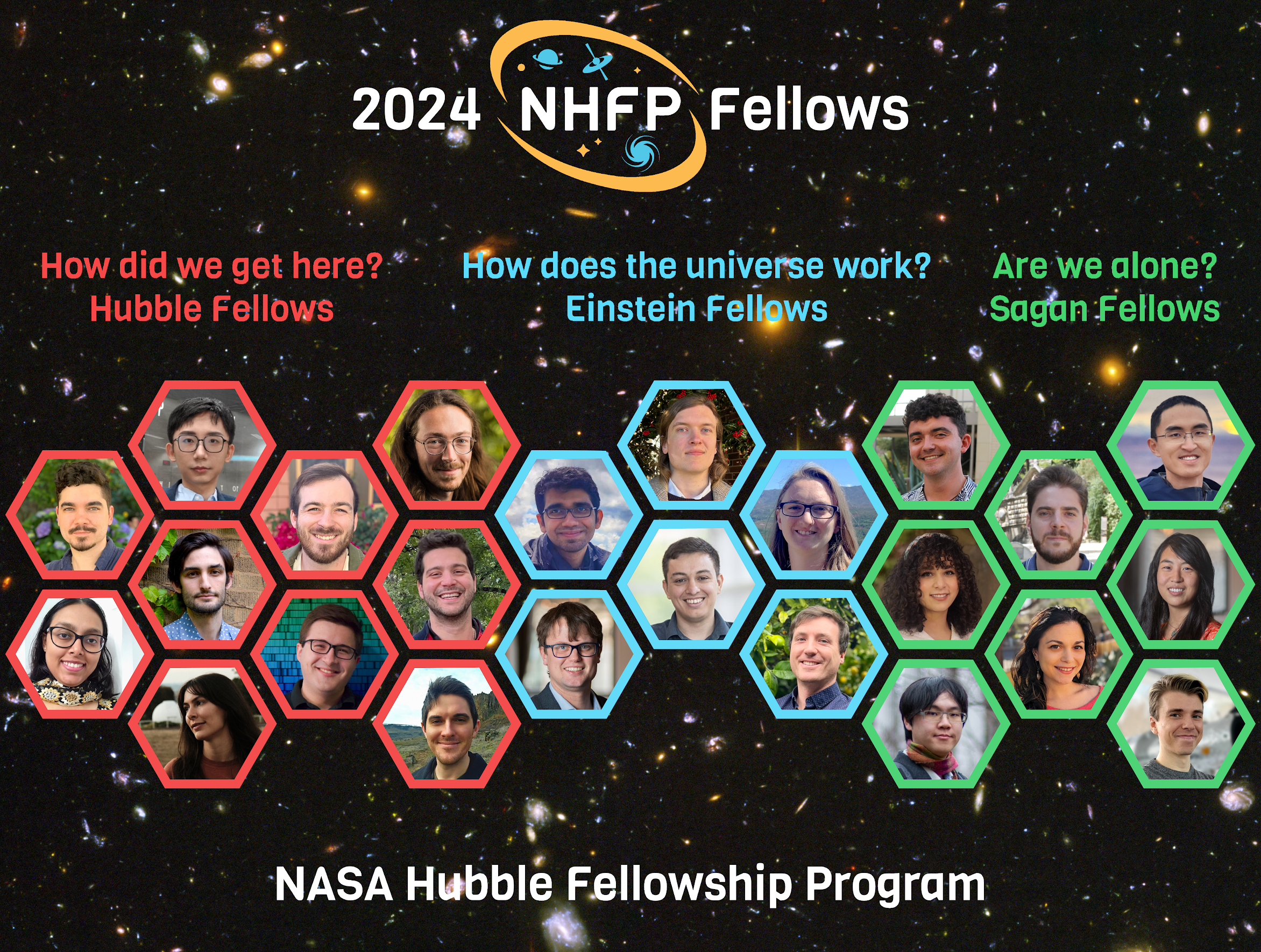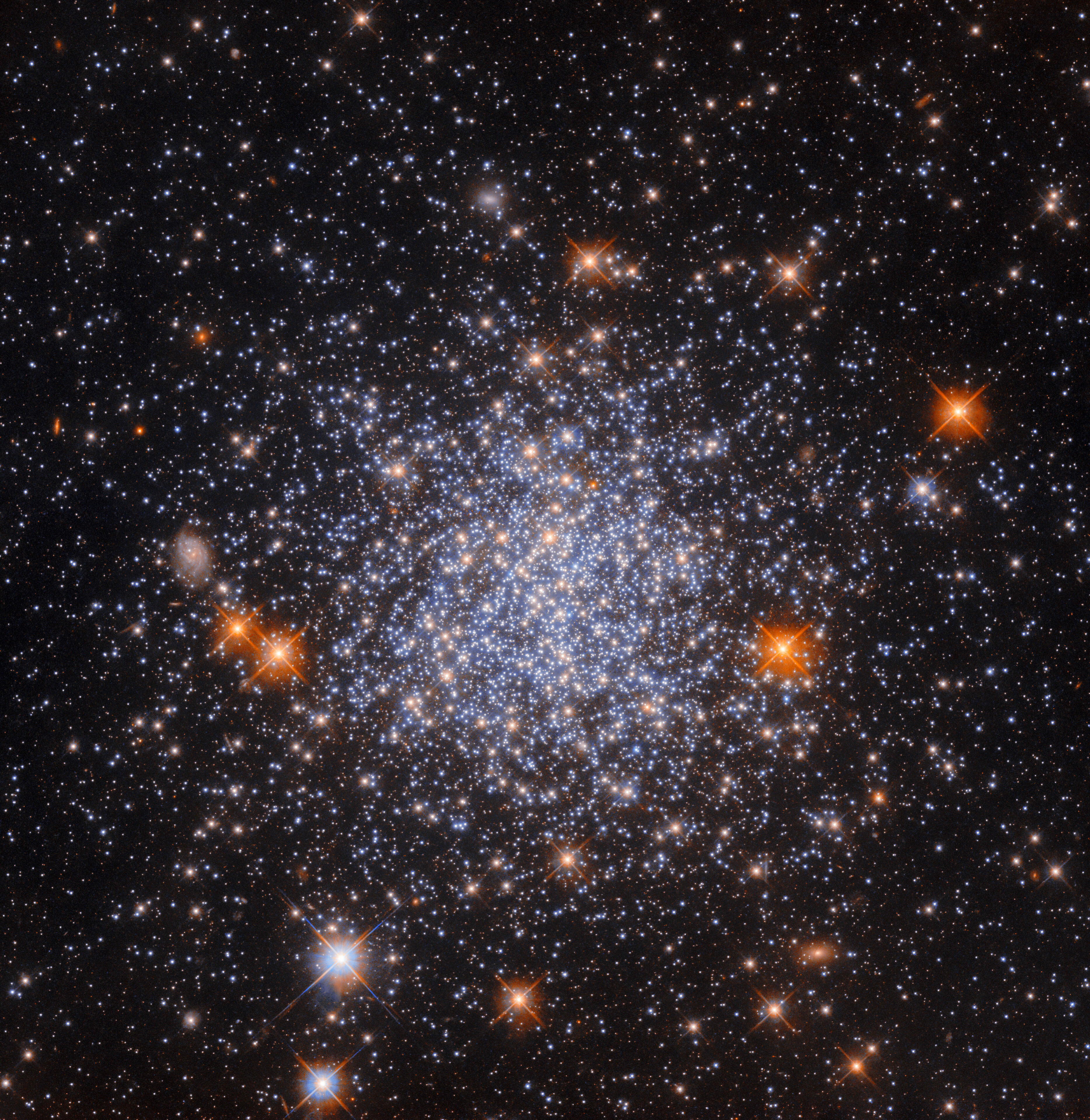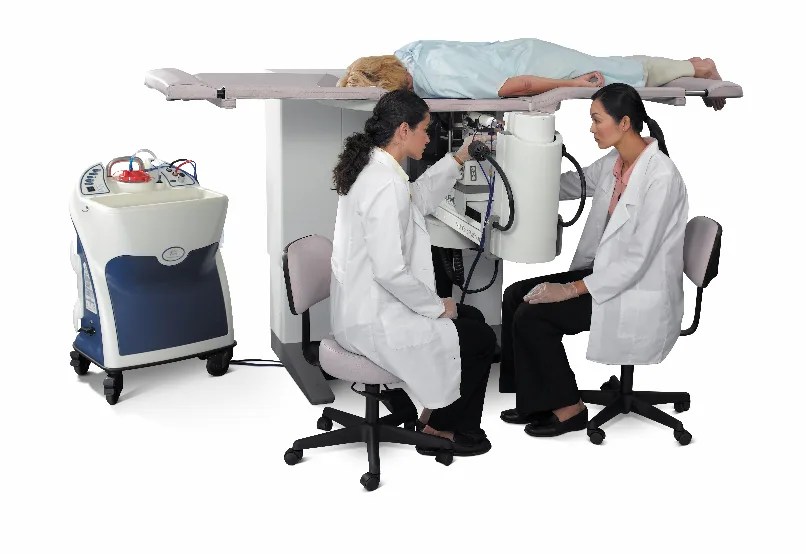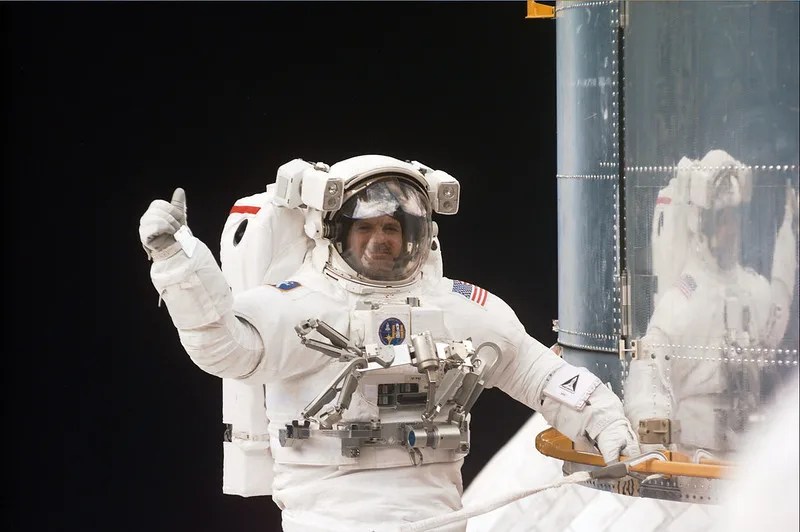Science
Science Themes
Designed and built to explore five broad scientific topics, Hubble has helped us answer some of our most-pressing questions about the cosmos, while simultaneously presenting us with discoveries that generate new questions to answer.
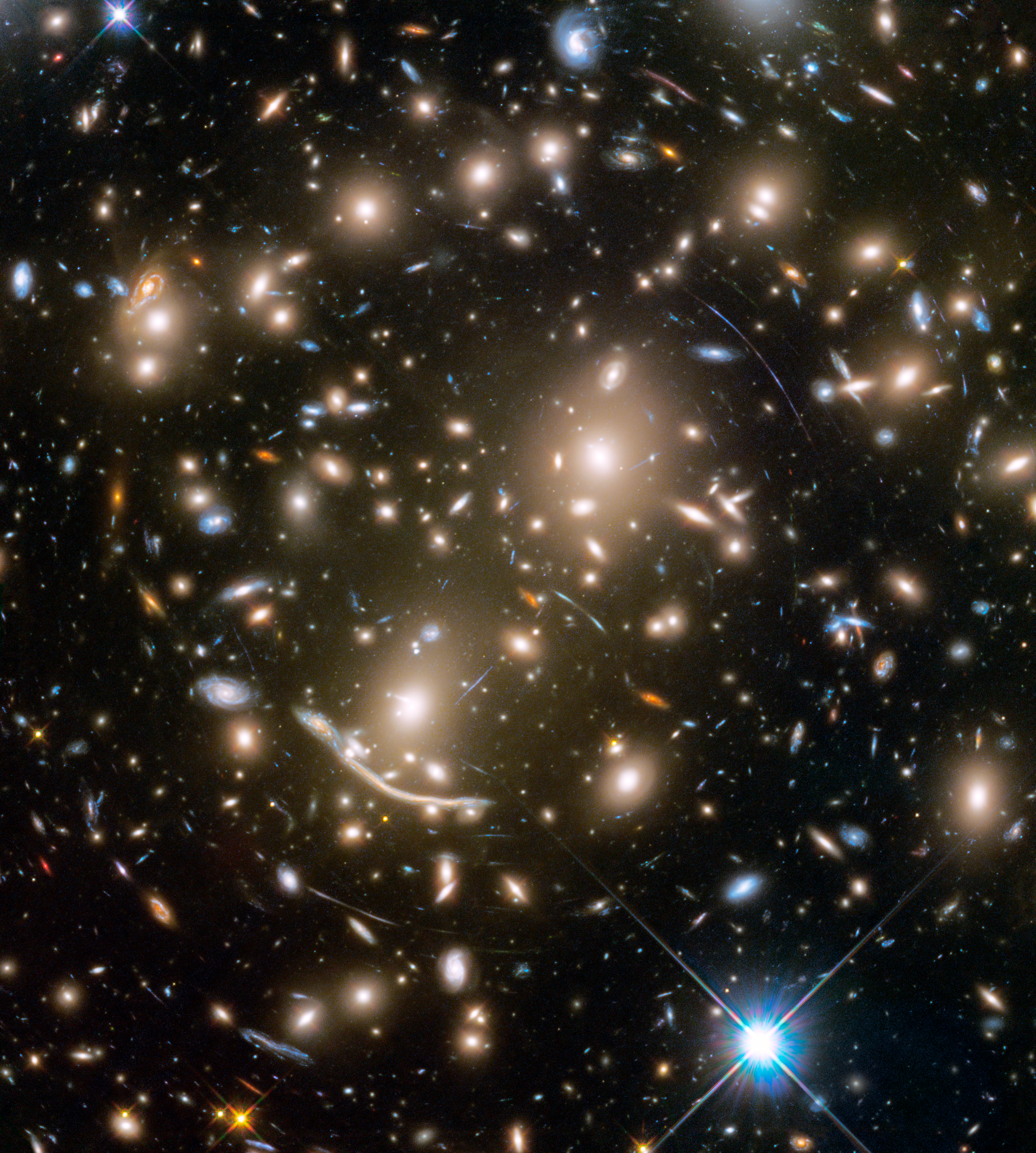
Overview
Hubble’s three decades of exploration have forever changed our understanding of the universe. Its discoveries have won the Nobel Prize, proven Einstein’s theories, detected planets beyond our solar system, enlightened our understanding of dark matter and dark energy, and prompted questions that go beyond those we first sought to answer with it.
Hubble is a cooperative mission between NASA and the European Space Agency. NASA’s Goddard Space Flight Center in Greenbelt, Maryland oversees the daily on-orbit operations of Hubble, while the Space Telescope Science Institute in Baltimore, Maryland coordinates and conducts the observatory’s science operations under a contract to NASA.
Hubble's Universe Video Series
Science Themes
Hubble’s scientific mission focuses on five broad topics:
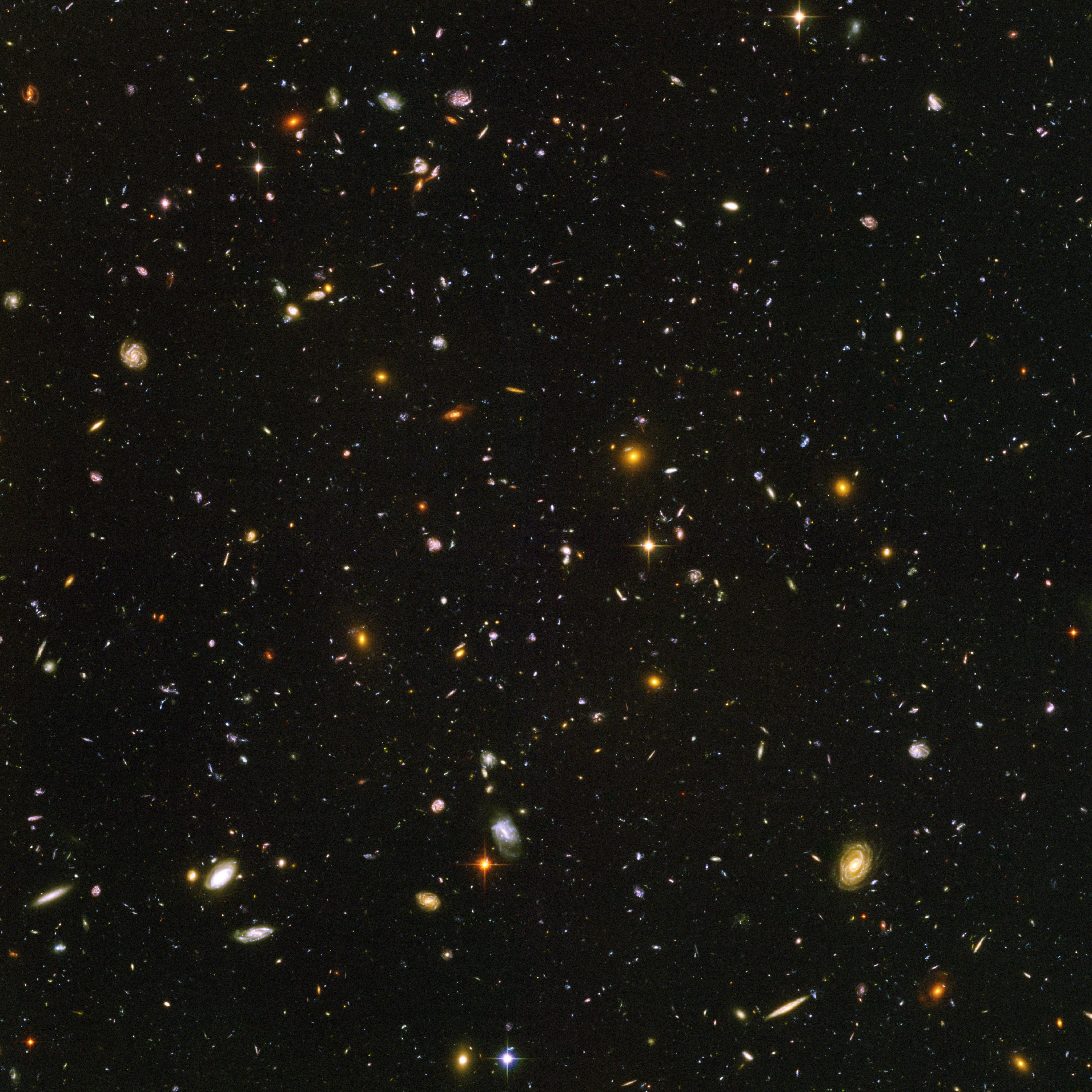
Origin and Evolution of the Universe
Named for the astronomer, Edwin Hubble, who first found proof that the universe is expanding, the Hubble Space Telescope was initially conceived to help astronomers determine the expansion rate, structure, and age of the universe. Hubble’s observations of Type IA supernovae improved our calculations of that expansion rate, called the Hubble Constant, but they also helped show that the expansion of the universe isn’t slowing down, like astronomers expected. Instead, it is accelerating – a discovery that won the 2011 Nobel Prize in Physics.
Astronomers believe the accelerating universe is caused by “dark energy” that acts like an “antigravity” force. Unlike the normal energy we see in the universe, dark energy is invisible. It does not emit, absorb, or reflect light. We detect dark energy by its influence on the objects we can see, such as galaxies.
Like dark energy, invisible dark matter is detected through observations of how its gravity effects regular matter. Only its gravitational pull reveals its presence. Dark matter’s gravity is the glue that keeps stars, dust, and gas together in a galaxy, forming the large-scale structure of the universe.
Large galaxy clusters that act as gravitational lenses are the perfect laboratory to study dark matter. Astronomers using Hubble can map dark matter in massive galaxy clusters by how its gravity bends and distorts the light of distant galaxies located behind the cluster. The greater the concentration of dark matter in the galaxy cluster, the more dramatic its light-bending distortion will be.
Galaxies
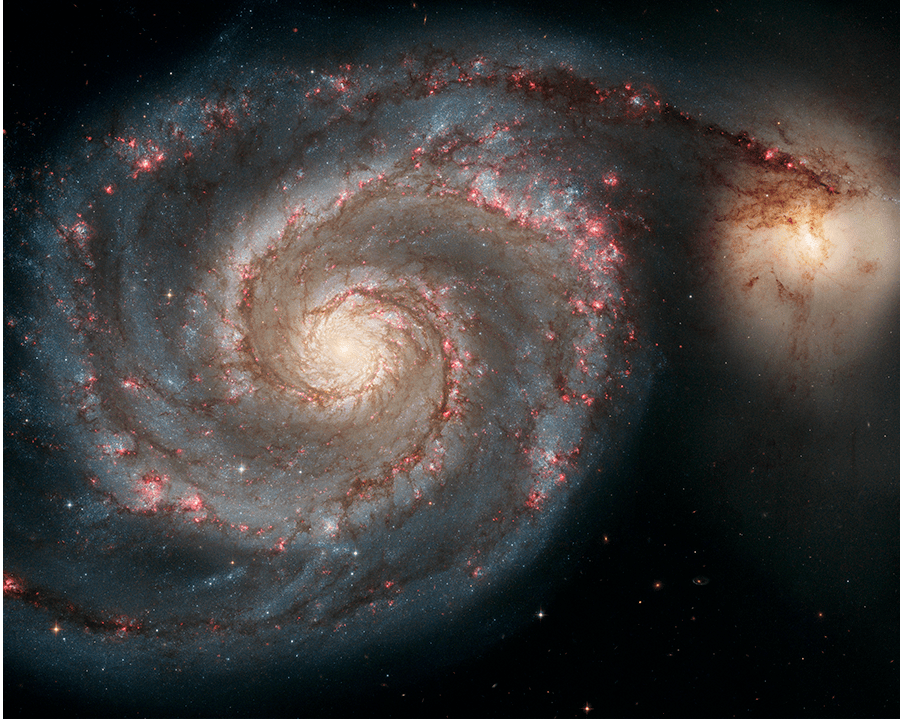
Galaxies are the visible foundation of the universe; each one a collection of stars, planets, gas, dust, and dark matter held together by gravity. Hubble observations showed that at the heart of every galaxy is an enormous black hole whose size directly depends on the galaxy’s central bulge of stars. Hubble even gave us the first image of the large, flat accretion disk encircling a black hole.
Beyond the structure and evolution of individual galaxies, Hubble’s Deep Field observations revealed that the universe is littered with galaxies going back to a few billion years after the Big Bang. Moreover, the Deep Fields document a very active star-forming period that happened about 3 billion years after the big bang.
Hubble’s observations have greatly expanded our understanding of galaxies, giving us insight into how they form, grow, and evolve through time.
Stars and Their Environments
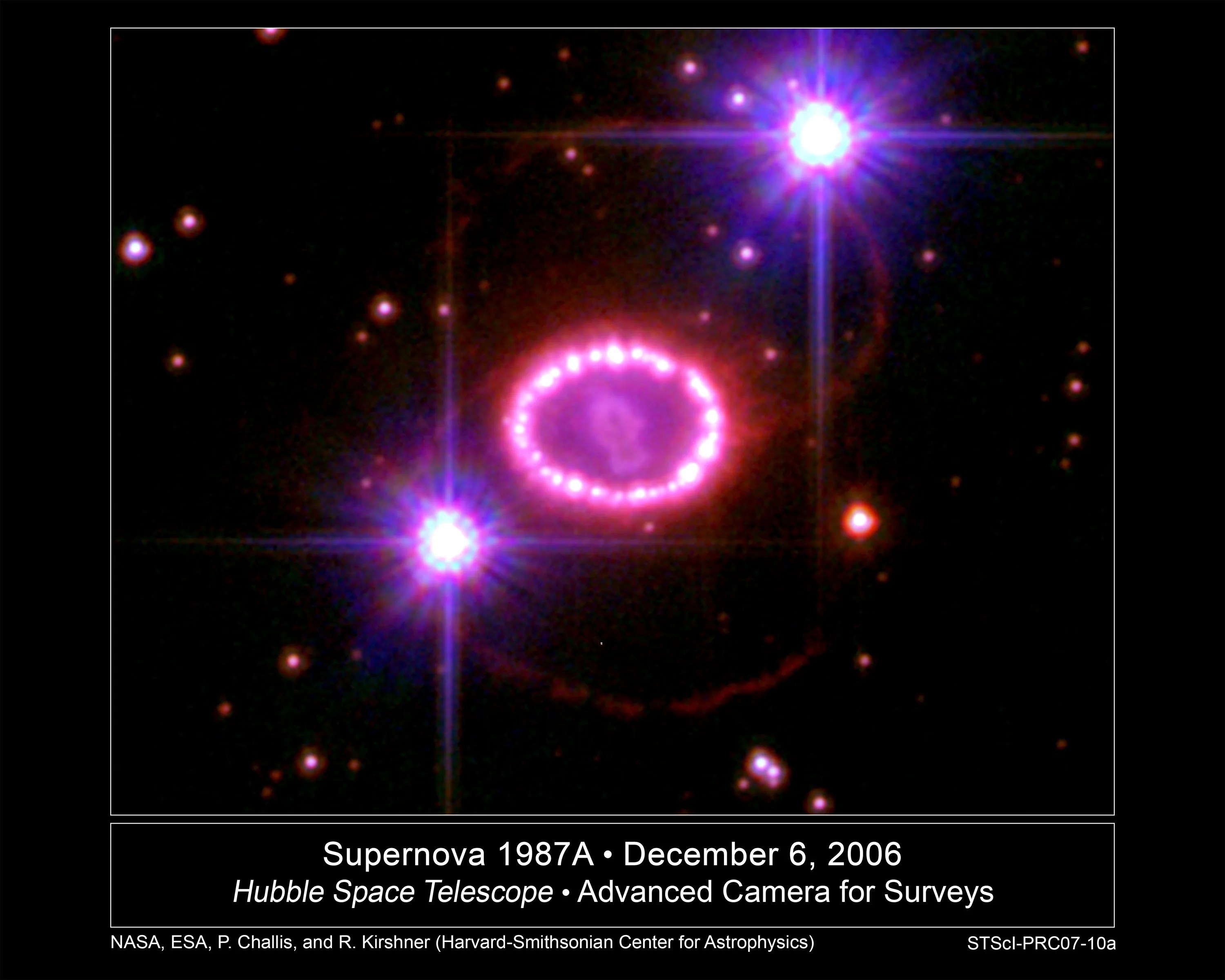
Hubble has chronicled the lives of stars from their birth in vast clouds of gas and dust called nebulae, to their violent death throes in cataclysmic explosions called supernovae. The observatory’s infrared instruments, WFC3 and NICMOS, take advantage of longer wavelength infrared light that isn’t scattered by the obscuring dust surrounding newly-born stars. These infrared views peered into our Milky Way galaxy's heart, discovering massive infant stars gathered together in clusters. Looking at the components of their light, astronomers can determine the chemical makeup of these young stars, which helps determine how they will evolve.
Hubble's infrared vision has also studied individual stars and star clusters in nearby galaxies. These observations offer astronomers the opportunity to better understand how stars evolve in different environments.
Exoplanets
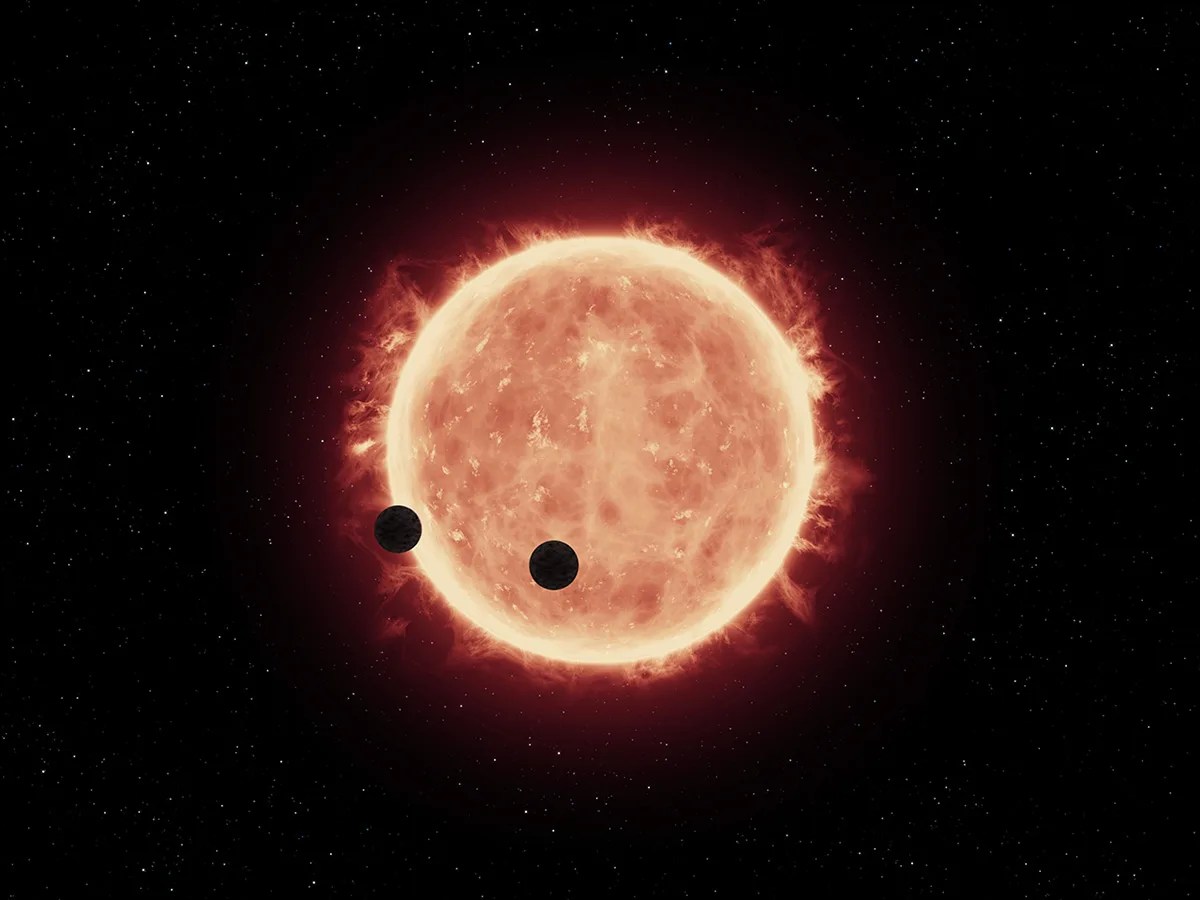
When Hubble launched in 1990, the study of planets beyond our solar system wasn’t even a field of research. Two years later, astronomers discovered the first exoplanet. It wasn’t until 2008 that Hubble took the first visible-light image of a planet-like object outside of our solar system. Called Fomalhaut b, astronomers studied it with Hubble for years, and in the process noticed that something strange was happening. The planet appeared to dim with each successive observation. Then, in 2020, it seemed to vanish completely. Further research revealed that Fomalhaut b may actually be a vast, expanding cloud of dust produced in a collision between two large bodies orbiting the star Fomalhaut.
Hubble also captured the first detailed edge-on view of a large disk of gas and dust around the 20-million-year-old star Beta Pictoris. The telescope revealed that the disk’s dust distribution barely changed over 15 years, despite the fact that the entire structure is orbiting the star like a carousel. This means the disk's structure is smooth and continuous, at least over the interval between the Hubble observations.
Researchers using Hubble also directly measured the mass growth of a growing, Jupiter-sized planet called PDS 70b. The planet, which began forming approximately 5 million years ago, may be in the tail end of its formation process.
Solar System
Hubble’s high-resolution images have charted the evolution of the solar system’s planets and moons for more than 30 years.
The telescope’s observations of Pluto paved the way for the New Horizons mission by imaging features on Pluto’s surface and finding new moons around the dwarf planet. It also helped New Horizons find a target to study after Pluto. Hubble discovered the double-lobed asteroid, called Arrokoth (previously named Ultima Thule), in the Kuiper Belt in 2014. New Horizons visited this oddly shaped asteroid in 2019, making it the farthest and most primitive object in the solar system visited by a spacecraft.
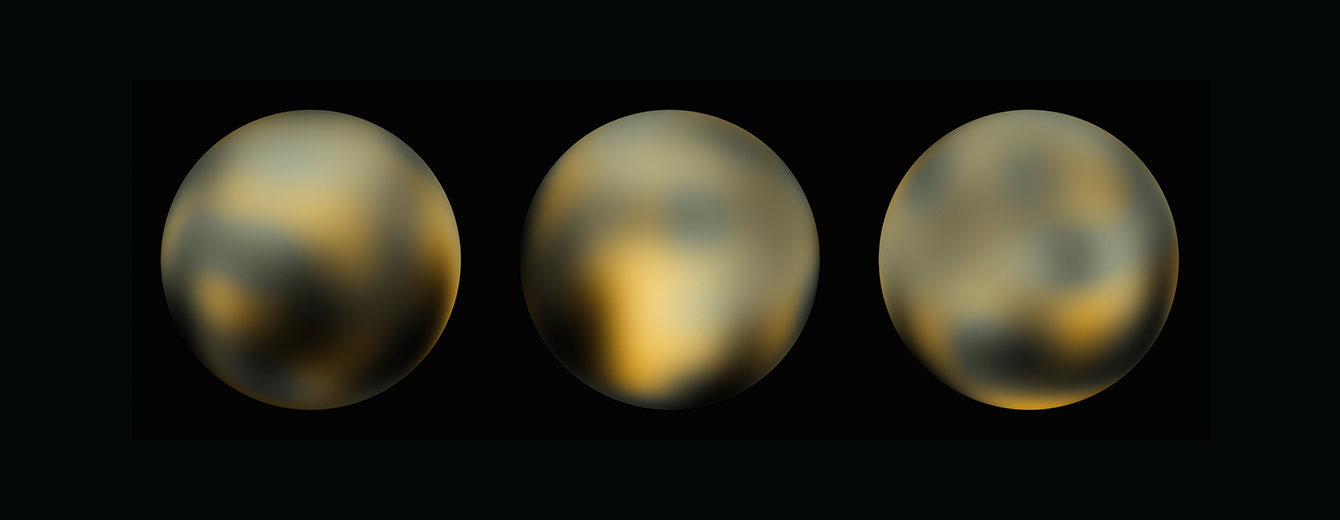
Without Hubble there would be no flyby of Ultima Thule. And without Hubble, New Horizons would not have been as productive studying Pluto's small moons. In fact, without Hubble's early images revealing how interesting Pluto's surface markings are, there might have never been a mission to explore this fascinating dwarf planet.

Alan Stern
Principal Investigator, New Horizons
Requesting Time on Hubble
Hubble observes the cosmos 24 hours a day, 7 days a week, 365 days a year, collecting more than 10 terabytes of information yearly. Every moment of Hubble’s time is filled with detailed observations that are precisely scheduled and designed to maximize the science data they collect.
Anybody can apply for time with Hubble. There are no restrictions on nationality or academic affiliation, but competition is fierce. Astronomers who want to use the telescope must submit a detailed proposal to the Space Telescope Science Institute where science operations are coordinated and conducted under contract to NASA. This two-phased process is a rigorous assessment of the science and whether or not the observations are the best use of Hubble’s instruments and time. In Phase I, observers must provide a list of targets and their coordinates, what Hubble instrument(s) they want to use, how many estimated orbits it will take to acquire their observations, and the scientific justifications for why Hubble is the only telescope able to accomplish the proposal’s scientific goals.
Because observing time is measured by the number of orbits required for a successful observation, programs that need several orbits receive much greater scrutiny.
Once submitted, the proposal is anonymized and reviewed for its scientific merits by a Telescope Allocation Committee (TAC). If approved, the proposal moves on to Phase II where observers outline the details that fit within Hubble’s many constraints. These include making sure an observation in one part of the sky isn’t followed by another in the opposite part of the sky. Repeatedly moving the telescope 180 degrees would waste both time and energy, and place additional wear on Hubble’s precision pointing systems.
Impact & Benefits
Astronomical Community Impacts
As Hubble explored the boundaries of the cosmos, it was expanding horizons on Earth.
When we think about the ways that Hubble changed astronomy, we think about the big discoveries and observations. But Hubble also transformed the field of astronomy, speeding changes that were already happening and giving rise to new ones.
Learn More